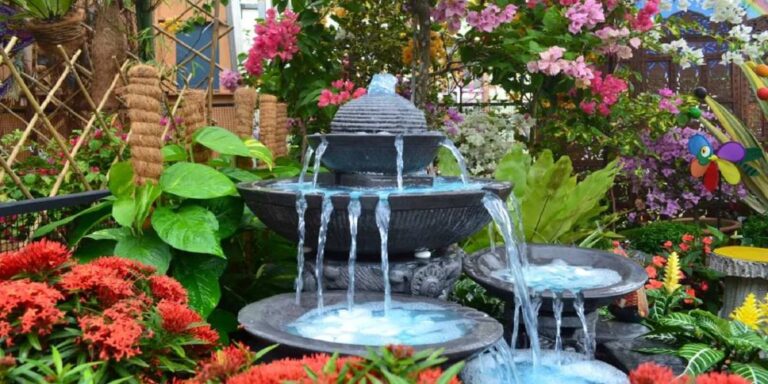In the hustle and bustle of urban life, where concrete and steel dominate the landscape, the natural environment can often feel distant. However, urban design is increasingly incorporating natural elements to mitigate the harshness of city living. One such element is fountains. These beautiful water features not only enhance the aesthetic appeal of urban spaces but also play a significant role in improving the microclimates within cities.
Cooling the Surrounding Environment
One of the most immediate effects of fountains in urban areas is their ability to cool the surrounding environment. Urban heat islands (UHIs) are a common phenomenon in cities where human-made surfaces like roads, buildings, and parking lots absorb heat during the day and release it at night, causing temperatures to rise significantly. This leads to discomfort and higher energy consumption as air conditioning systems work harder.
Improving Air Quality
Water features like fountains also contribute to improving air quality in urban areas. In cities, pollution levels often exceed healthy limits due to vehicle emissions, industrial activity, and construction. The fine particles in the air can cause respiratory issues and discomfort for residents. Fountains can help alleviate this issue by acting as natural air purifiers.
Increasing Humidity
While dry and arid environments are common in many urban areas, fountains also help balance the moisture levels in the air. In cities where humidity levels tend to drop due to the high amount of concrete and asphalt, fountains release a fine mist that increases the humidity in the immediate area. This can be especially beneficial in regions where air conditioning systems dry out the air, causing discomfort and even skin irritation.
Enhancing the Aesthetic and Psychological Well-being
Beyond their practical benefits, fountains also play a role in enhancing the aesthetic value of urban spaces, which can influence the microclimate in more subtle, yet important ways. The sound of flowing water has been shown to have a calming effect on people, helping to reduce stress levels and improve mental health. This psychological benefit can make outdoor urban spaces feel more inviting and comfortable, encouraging people to spend more time outdoors.
Creating a Buffer from Noise Pollution
In addition to their cooling and air-purifying properties, fountains can also serve as a sound barrier in noisy urban environments. City streets are often filled with traffic noise, construction sounds, and general urban clamour, all of which can be overwhelming and stressful. The soothing sound of flowing water from a fountain creates a natural auditory landscape that helps drown out unwanted noise, promoting peace and tranquility in public spaces.
Aura Fountains
Aura Fountains, recognized as the best fountain manufacturer, specializes in creating elegant, customizable water features that enhance urban spaces. Known for their innovative designs, Aura Fountains improve the environment by cooling the air, reducing pollutants, and increasing humidity, which benefits both comfort and greenery. These fountains blend beauty with functionality, making cities more sustainable and inviting.
Conclusion
Fountains do much more than add visual appeal to urban spaces—they play a critical role in enhancing microclimates by cooling the environment, improving air quality, increasing humidity, and creating serene spaces for relaxation. In cities where urban heat islands, air pollution, and noise pollution are prominent challenges, fountains provide simple yet effective solutions. They improve the liability of urban areas, fostering healthier, more comfortable spaces for residents to enjoy.
Don’t miss: Top 10 Most Famous Fountains in the World





